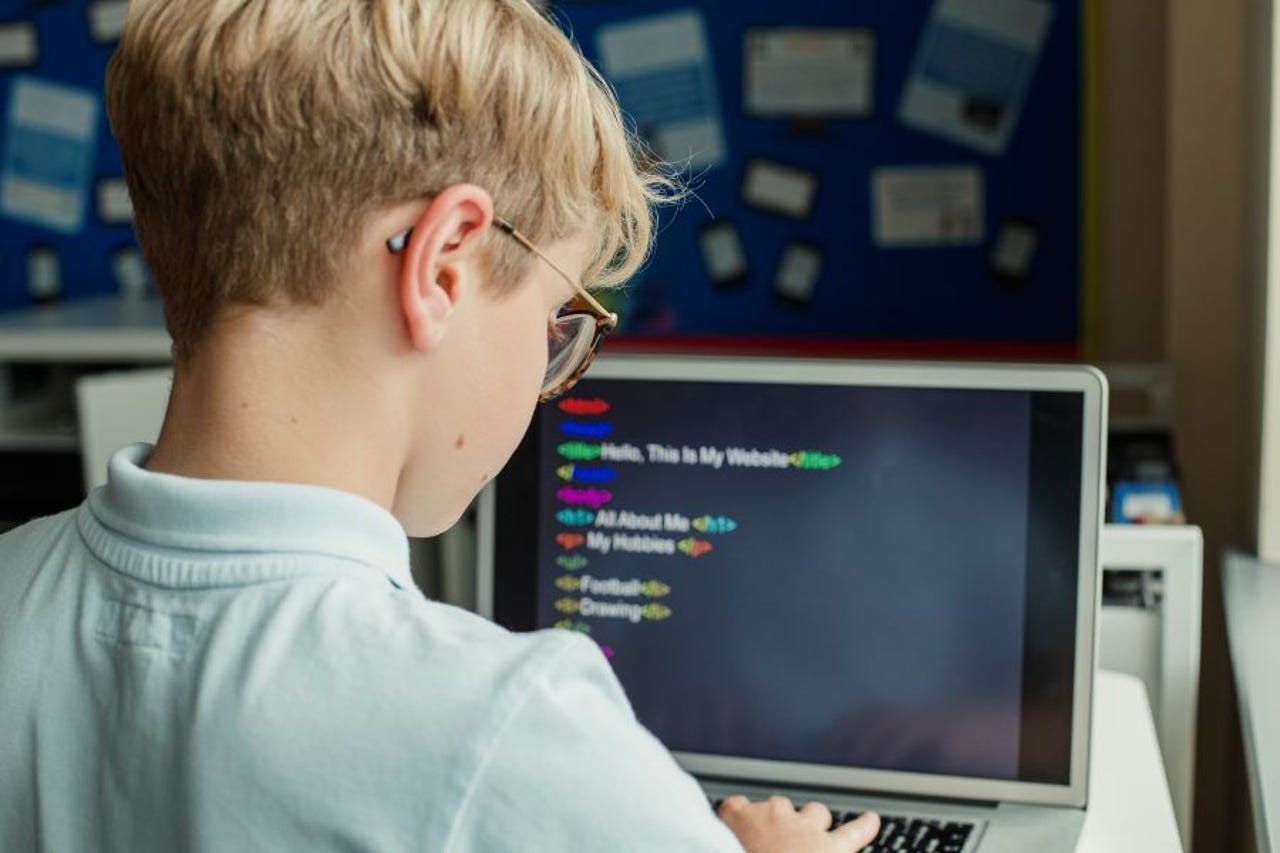Programming languages: Here's how Raspberry Pi is creating a new generation of Python developers


Raspberry Pi's Python course teaches young coders how to use variables, loops, and functions to create interactive projects.
The Raspberry Pi Foundation has launched a new introductory path for Python programming aimed at young people.
The new Introduction to Python project path has been designed to teach kids the basics of Python programming and help them get assimilated with core programming concepts through hands-on projects created by the Raspberry Pi Foundation.
See also
Aimed at beginners and more experienced young programmers, the course takes learners through a number of guided tasks and more independent projects, before being given the opportunity to create something unique using the know-how they've acquired.
SEE: Best Raspberry Pi alternative 2022: Top SBCs
Raspberry Pi already offers learning paths in Scratch programming, in which young coders are guided through fundamental programming and design skills to create apps, games, and computer-generated art, using the block-based language.
The Introduction to Python path is something of a step up in terms of complexity: being a text-based language, the project path is designed to get young coders familiar with the underlying principles of 'true' programming languages used in the real world, such as syntax, using variables, and defining functions.
Python is an ideal language for young and novice coders because its syntax is similar to the English language, according to Raspberry Pi learning manager, Rebecca Franks.
Python is also a programming language that's widely used by professional developers in burgeoning fields like data science, making it a valuable skill for young coders interested in a career in tech.
"The 'Introduction to Python' project path is designed according to our Digital Making Framework, encouraging learners to become independent coders and digital makers by gently removing scaffolding as they progress along the projects in a path," Franks said in a blog post.
"The structure of our Digital Making Framework means that learners experience the structured development process of a coding project and learn how to turn their ideas into reality. The Framework also supports with finding errors in their code (debugging), showing them that errors are a part of computer programming and just temporary setbacks that you can overcome."
SEE: Programming languages: How Python is building a developer community of millions
Raspberry Pi's Python project path is split into six parts, beginning with three 'Explore' projects in which learners are introduced to new coding skills through guided tasks. Unlike some other introductory courses that focus on creating text-based outputs, Raspberry Pi's project path focuses on creating digital visuals using the Python p5 library.
After the 'Explore' projects are two 'Design' projects, where young Python coders are encouraged to practise their coding skills with more personalized creations. Finally, learners complete one 'Invent' project, where they put everything that they have learned together to create something unique.
The Python project path is free and can be accessed through a web browser. Starter code is provided in a free web-based development environment called Trinket, with Raspberry Pi estimating that the entire course should take around six hours to complete, with each project taking approximately one hour.
A 'More Python' path will be released by Raspberry Pi soon, said Franks, in which learners will move beyond the basics and learn how to use lists, dictionaries and files to create applications.